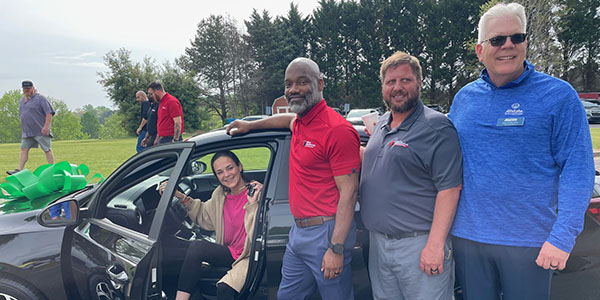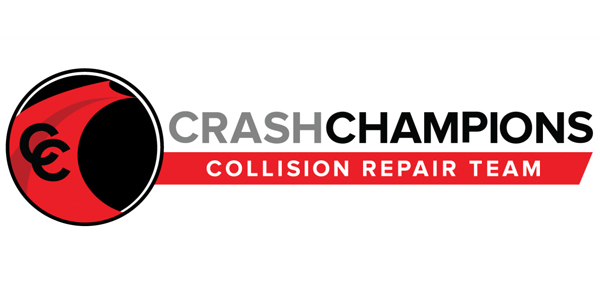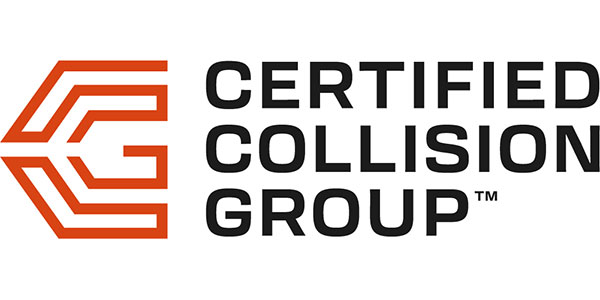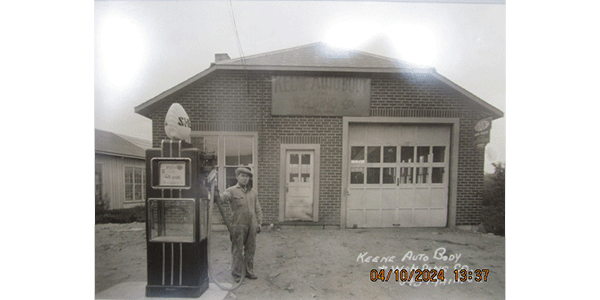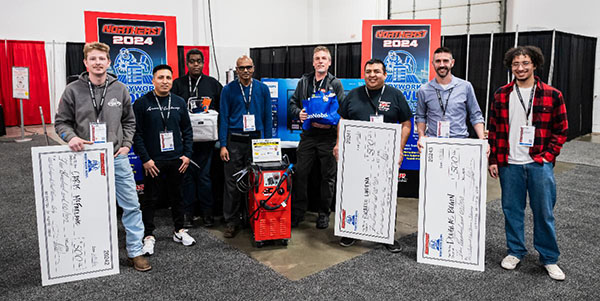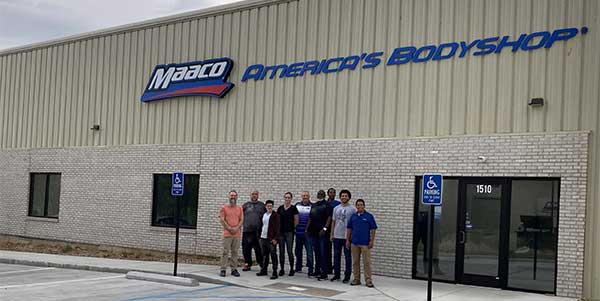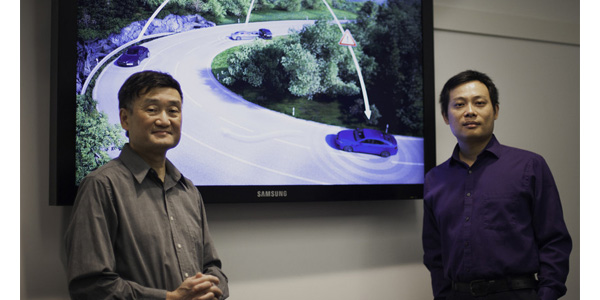
The hype surrounding self-driving vehicles is reaching a fever pitch. For example, there’s IHS Markit predicting that consumers will buy 21 million autonomous vehicles per year by 2035. And you have the World Economic Forum predicting that autonomous-vehicle technology could deliver $1 trillion in savings over the next decade thanks to safer roads and lower insurance premiums.
For autonomous vehicles to make good on those promises, they’ll need onboard artificial intelligence (AI) technology that can link them to highly detailed maps reflecting every change in the status of lanes, hazards, obstacles and speed limits in real time.
Researchers at the NYU Tandon School of Engineering are trying to make this critical machine-to-machine handshake possible.
Yi Fang, a research assistant professor in the Department of Electrical and Computer Engineering and a faculty member at NYU Abu Dhabi, and Edward K. Wong, an associate professor in the NYU Tandon Department of Computer Science and Engineering, are developing a deep learning system that will allow self-driving cars to navigate, maneuver and respond to changing road conditions. The system accomplishes this by mating data from onboard sensors to information on HERE HD Live Map, a cloud-based service for automated driving. The NYU Multimedia and Visual Computing Lab, which Fang oversees, will house the collaborative project.
Fang and Wong recently received a gift fund from HERE, a global leader in mapping and location-based services owned by Audi, BMW, Daimler and Intel, with Tencent and NavInfo of China and GIC of Singapore also poised to become investors during 2017. NYU Tandon is one of HERE’s first university research and development partners in HERE HD Live Map.
Car’s Vision Must Match Cloud Database
High-definition (HD) maps meant for machine-to-machine communication must be accurate to within 10 to 20 centimeters. Self-driving vehicles need to continuously update, or register, their location on these maps with an equally high degree of accuracy, according to Fang, who said that the goal of the collaborative research is to enhance car-to-map precision to within 10 centimeters.
“Essentially, we want to be able to precisely match what the car sees with what’s in the cloud database,” Fang explained. “An incredibly precise ruler isn’t of much use if your vision is blurry.”
Wong added: “Our work involves employing computer vision techniques to refine the vehicle’s ability to continually locate itself with respect to HERE’s cloud-based service. That requires real-time images of the street and surrounding objects derived from cameras, LiDAR [a laser-based range-finding technology] and other on-board sensors.”
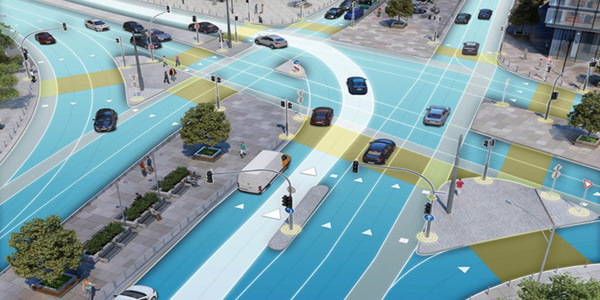
Delivering Data to the Cloud
This precision also is important because automobiles connected to HERE’s HD Live Map service will deliver data to the cloud on road conditions, traffic, weather, obstacles, speed limits and other variables, allowing the service to upgrade nearly in real-time to reflect changing conditions.
“3D computer vision and Deep Neural Network are the technologies driving the development of high-definition live maps for self-driving cars,” said Xin Chen, HERE senior engineering manager and research scientist. “We’re excited to kick off a long-term research collaboration with professors Wong and Fang individually based upon their expertise in this domain as well as with NYU as a top institution for research and learning in the field.”
The HERE mapping project joins a number of recent initiatives at NYU Tandon addressing safer and smarter transportation. The U.S. Department of Transportation selected a research consortium led by NYU Tandon Department of Civil and Urban Engineering researchers to become the first Tier 1 University Transportation Center in New York City, dedicated to using data to make every mode of surface transportation – from walking through mass transit – more efficient and safe.
Another venture – headed by a cybersecurity research team in the schoool’s Department of Computer Science and Engineering – is developing the first free, open-source method for automakers to secure software updates. Uptane will protect vehicles from cyber criminals and cyber war while providing the auto industry with an inexpensive and quick way to install safety fixes.
“The convergence of cybersecurity, big data, wireless technology and artificial intelligence is already revolutionizing how people live and travel, and it holds the promise of safer transportation for billions across the globe,” said NYU Dean of Engineering Katepalli Sreenivasan. “We gratefully acknowledge this research gift funding from HERE, which will advance the important work of professors Wong and Fang and the students assisting them in this new frontier.”

